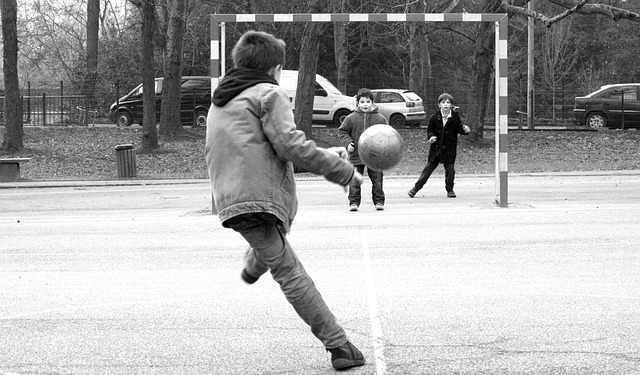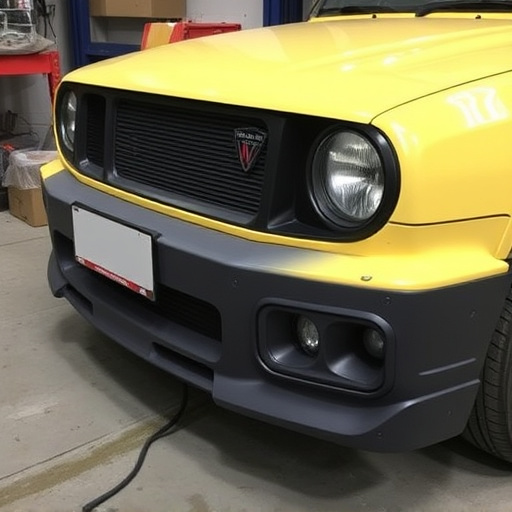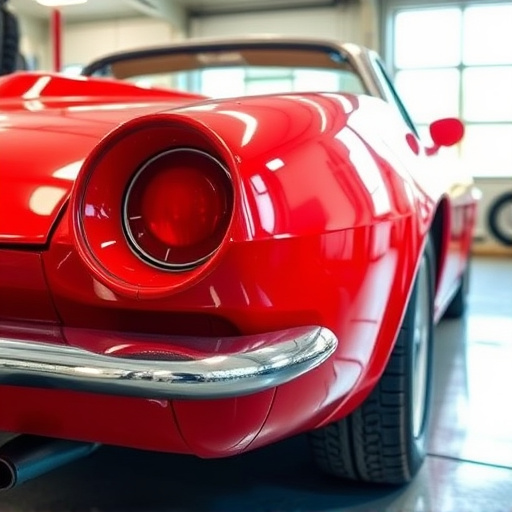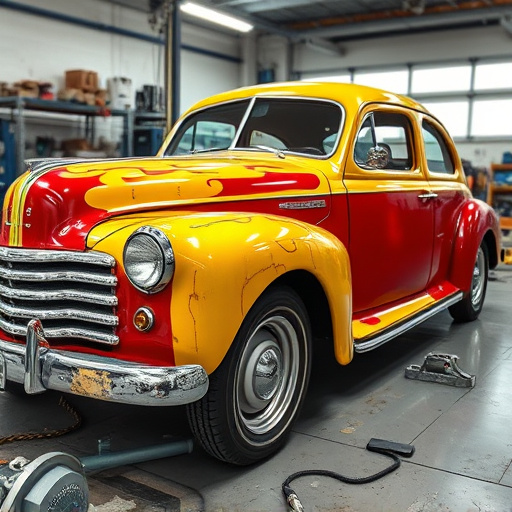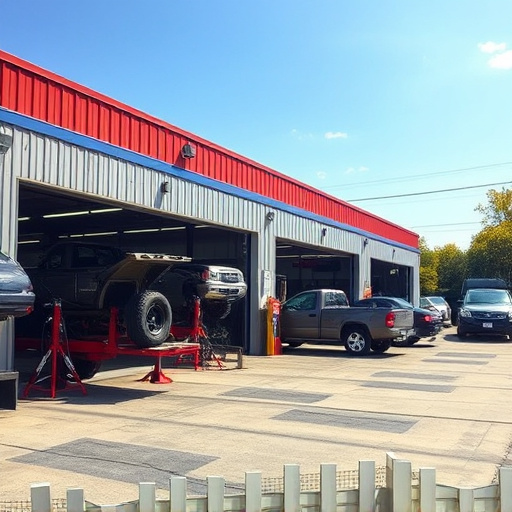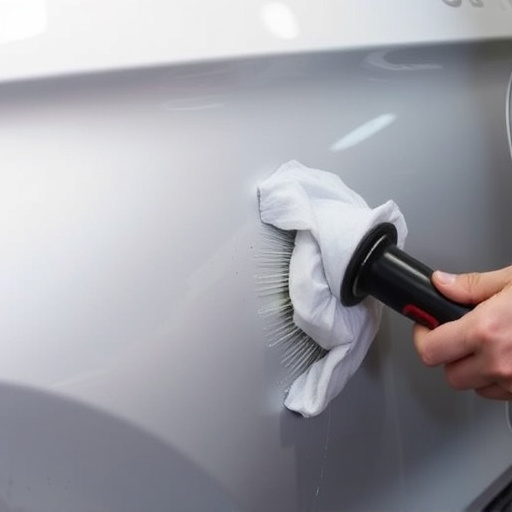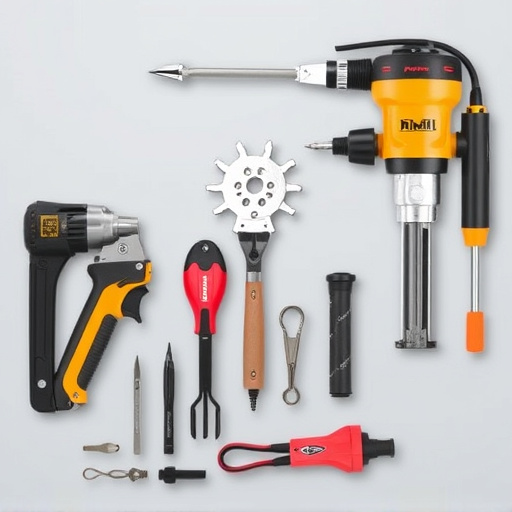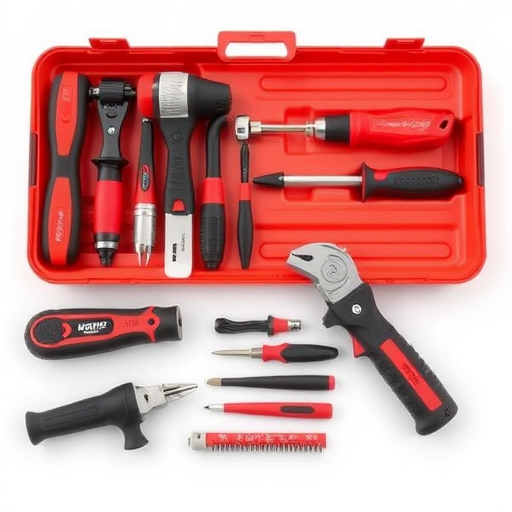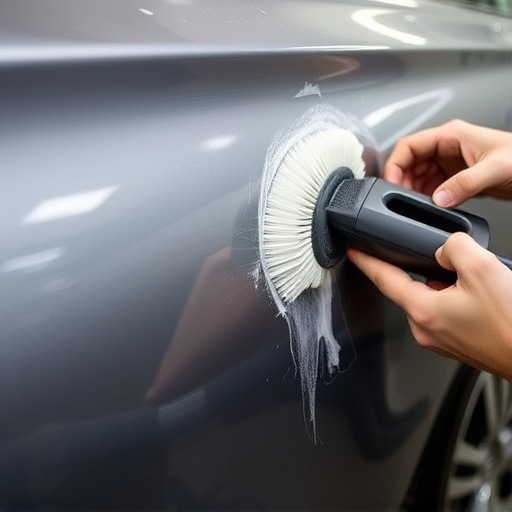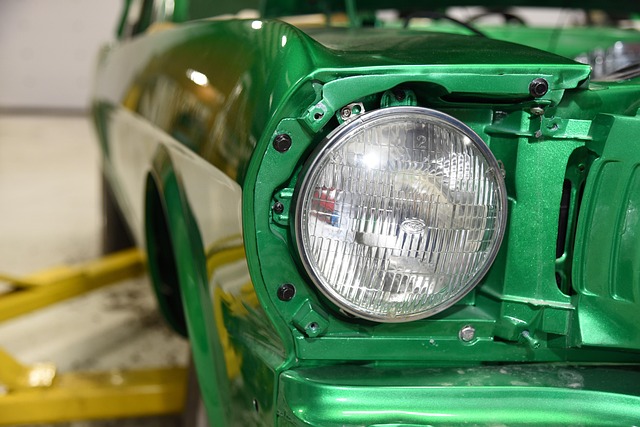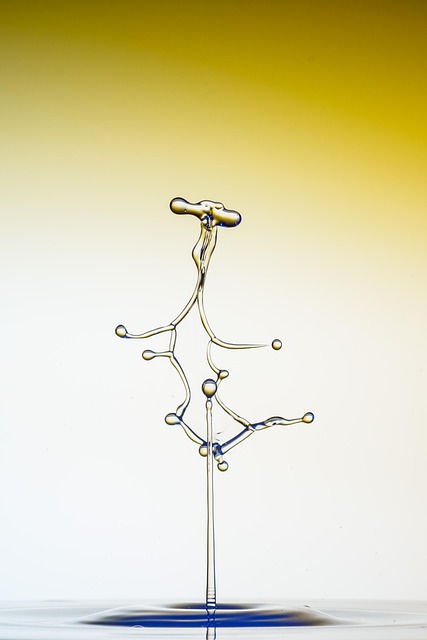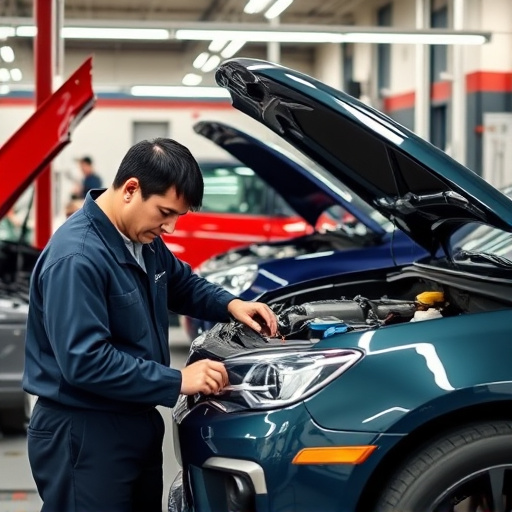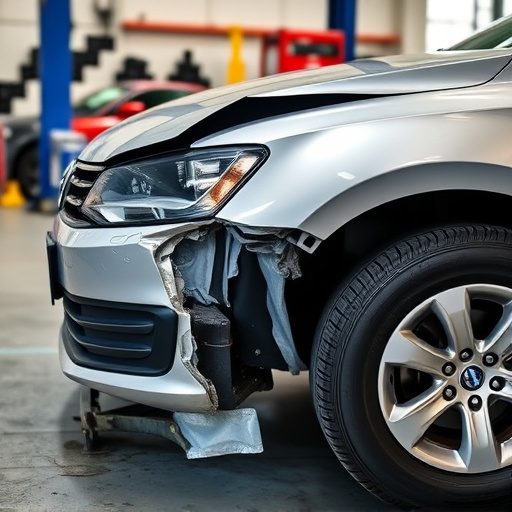Bumper damage caused by various incidents requires professional repair for safety and aesthetic restoration. DIY repairs carry risks of amateurish results, vehicle devaluation, and further damage. Instead, opt for specialized collision repair shops using quality equipment for durable, safe bumper damage solutions. Assess, clean, pull out dents, replace severe plastic damage with new parts, and prime for a seamless paint job following these steps.
Bumper damage repair attempts can sometimes lead to more harm than good, with DIY methods often resulting in costly mistakes. Understanding common causes of bumper damage is the first step towards safe, effective repairs. This article guides you through the process, weighing the risks and benefits of DIY versus professional services. Learn how to approach bumper damage repair with confidence using a step-by-step guide tailored for optimal results.
- Understanding Common Bumper Damage and Its Causes
- DIY vs Professional: Weighing Risks and Benefits
- Step-by-Step Guide to Safe and Effective Repairs
Understanding Common Bumper Damage and Its Causes
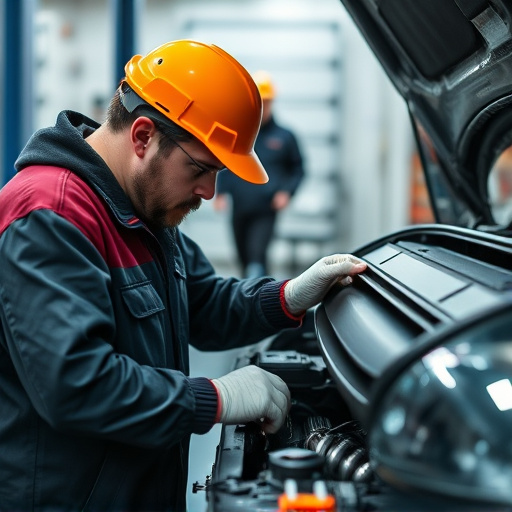
Bumper damage is a common issue that can arise from various incidents, often leaving drivers with unsightly scratches, dents, or even broken components. These damages can result from minor fender benders to more significant collisions, and identifying the root cause is essential for effective bumper damage repair. One of the primary causes is parking lot mishaps, where a low-speed collision with another vehicle or a stationary object can leave noticeable marks on the bumper. Moreover, road debris like stones, metal shards, or even small animals running into the path can cause substantial damage, requiring professional car paint services for restoration.
Another frequent culprit is a collision repair shop’s mishandling during routine maintenance or accidents. Improper painting or poor-quality repairs can lead to long-term issues, affecting the bumper’s aesthetics and structural integrity. It’s crucial to understand that bumper damage repair isn’t just about fixing the visible scars; it entails ensuring the bumper’s ability to withstand future impacts, thus maintaining vehicle safety. Therefore, when addressing bumper damage, opting for a reputable collision repair shop offering high-quality automotive restoration services is paramount.
DIY vs Professional: Weighing Risks and Benefits
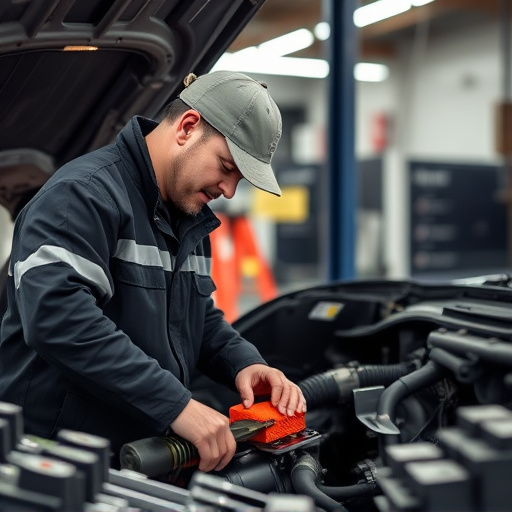
Attempting DIY bumper damage repair might seem appealing due to cost savings and perceived control. However, this approach carries significant risks. Without specialized tools, training, and knowledge, repairs may look amateurish, compromising vehicle safety and resale value. Moreover, incorrect fixes can lead to further damage during driving, resulting in costly additional repairs.
Professional collision repair services offer expertise and experience that ensure accurate, safe, and aesthetically pleasing bumper damage repair. Auto repair shops invest in high-quality equipment and materials, guaranteeing durable and long-lasting results. While initial costs may seem higher, the peace of mind and preservation of your vehicle’s value make professional care a more advantageous choice than risking costly mistakes with DIY methods.
Step-by-Step Guide to Safe and Effective Repairs
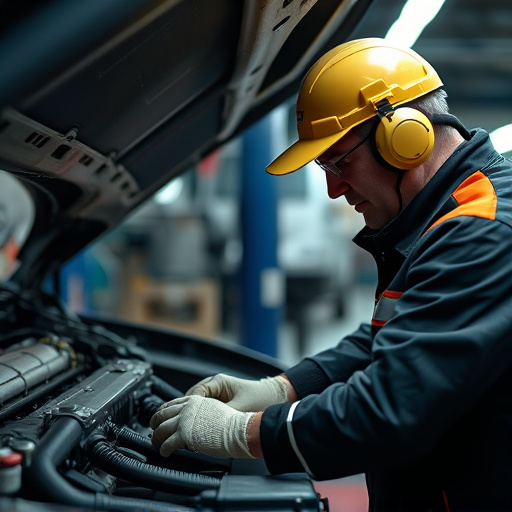
Repairing bumper damage yourself can seem like a cost-effective solution, but it often leads to mistakes that could leave your vehicle looking less than perfect or even cause further damage. To avoid these pitfalls, follow this step-by-step guide for safe and effective bumper damage repair.
First, assess the extent of the damage. If the bumper is dented but not severely deformed, you might be able to pop it back into place with a rubber mallet and some muscle. Ensure the area is clean and dry before applying lubricant to facilitate removal. Once the bumper is gently pulled out, use a hammer and dolly or a specialized bumper repair tool to carefully straighten any dents or bends. For more complex damage, such as cracked or broken plastic parts, you may need to cut out the damaged section and replace it with a new one, which should be sourced from a reputable auto body shop. Always use high-quality adhesives suitable for automotive applications and follow manufacturer instructions for curing times. Lastly, consider sanding and priming the repaired area to ensure a seamless finish when painted, either by yourself or at a professional car body shop.
While DIY bumper damage repair might seem appealing, it often leads to costly mistakes. Understanding common causes, weighing the risks versus benefits, and following a safe, step-by-step guide are crucial to avoiding these pitfalls. For minor dents and scratches, a DIY approach can be manageable, but for more severe damages, professional services ensure precise repairs that preserve your vehicle’s value. Remember, prioritizing safety and expertise when tackling bumper damage repair is key to achieving the best results without unnecessary expenses.
